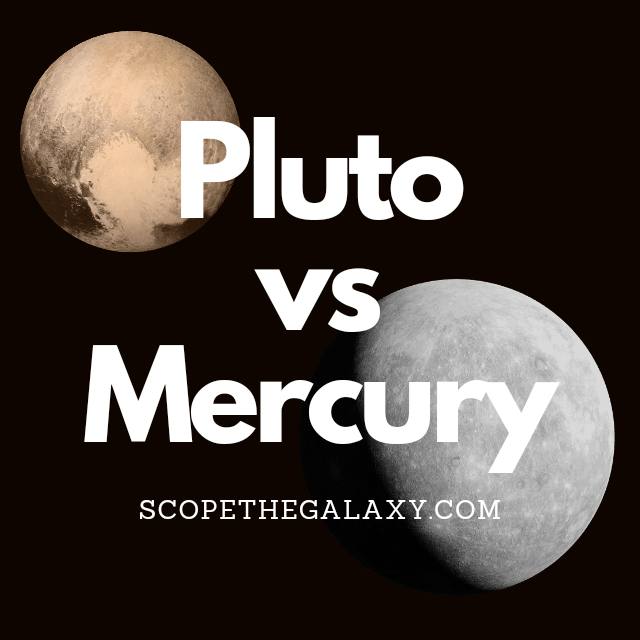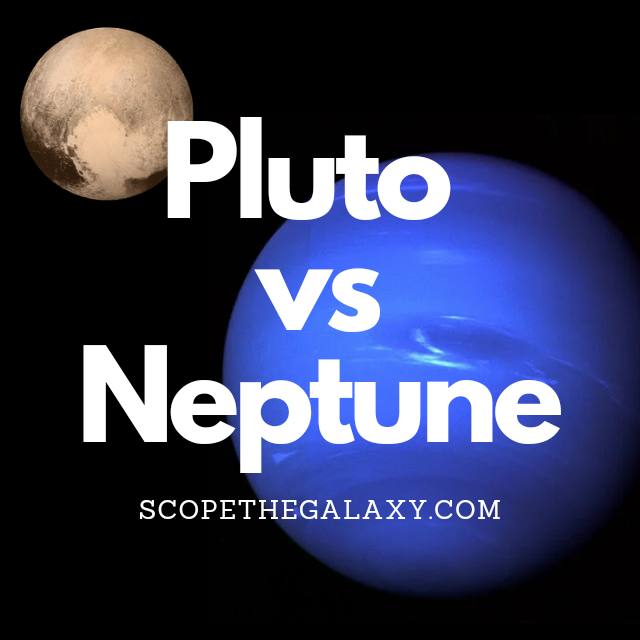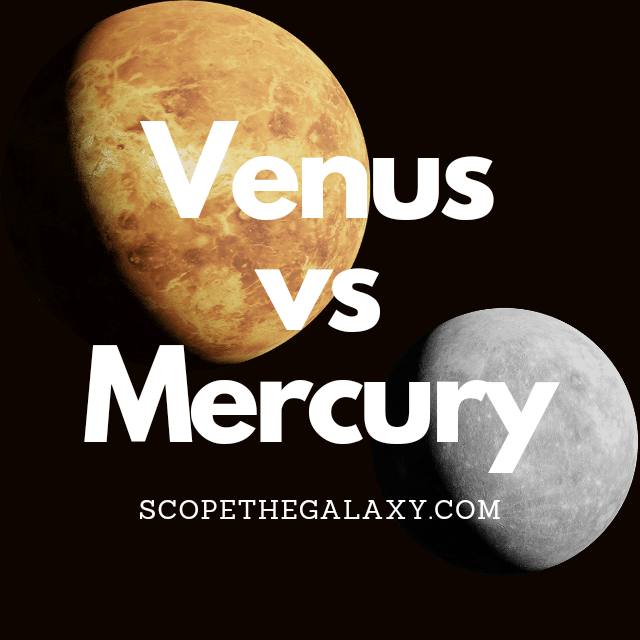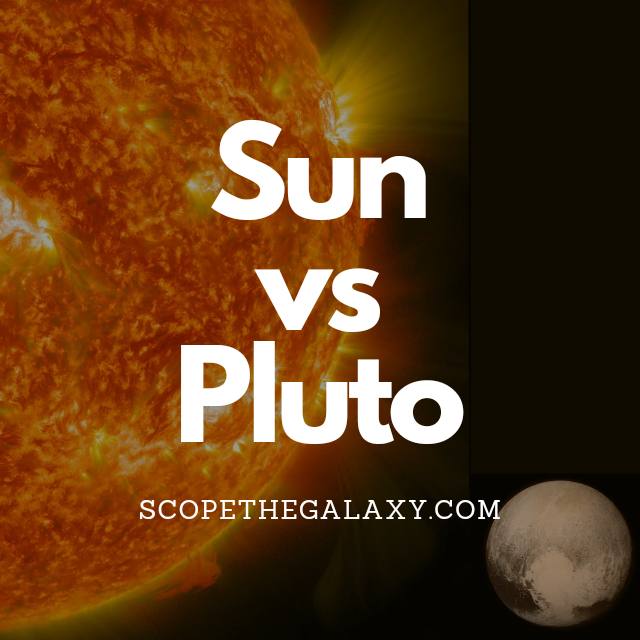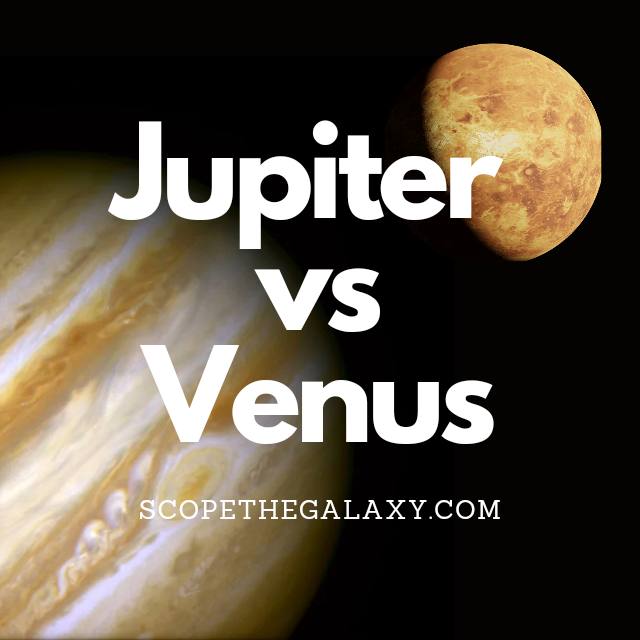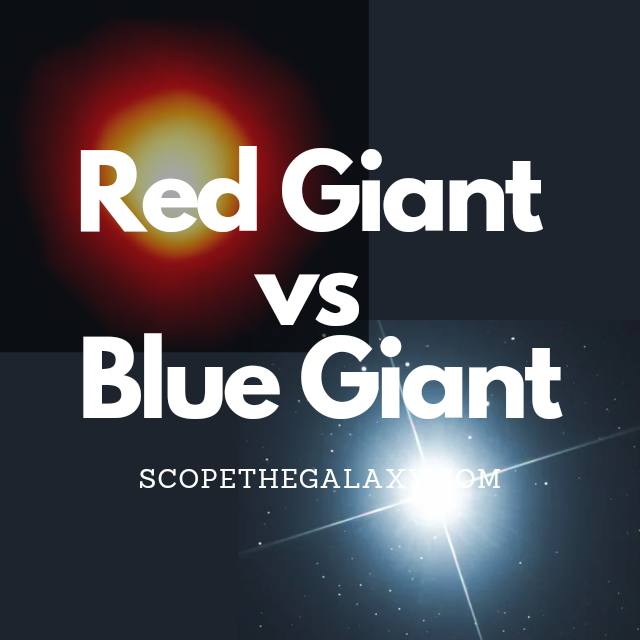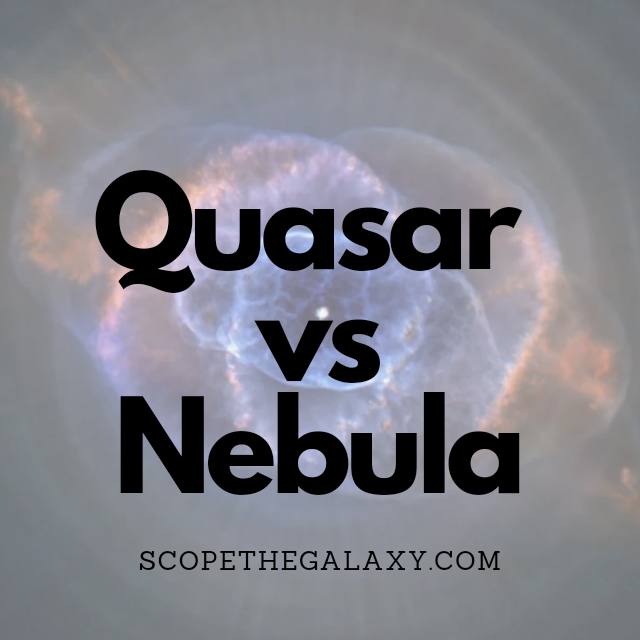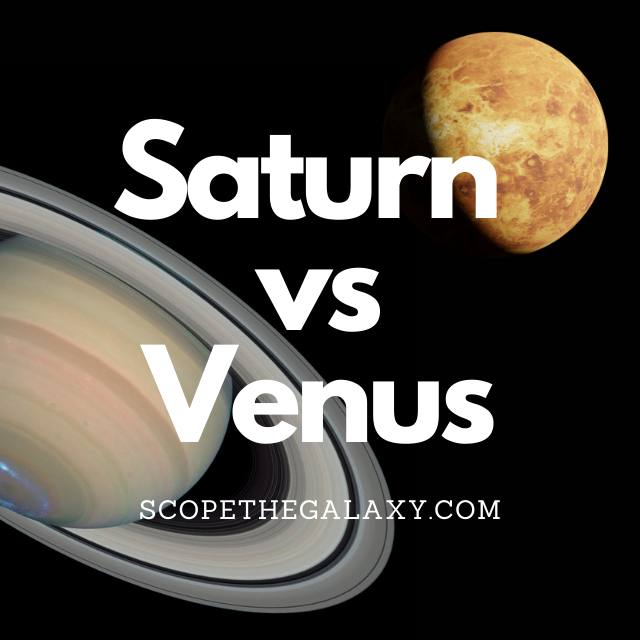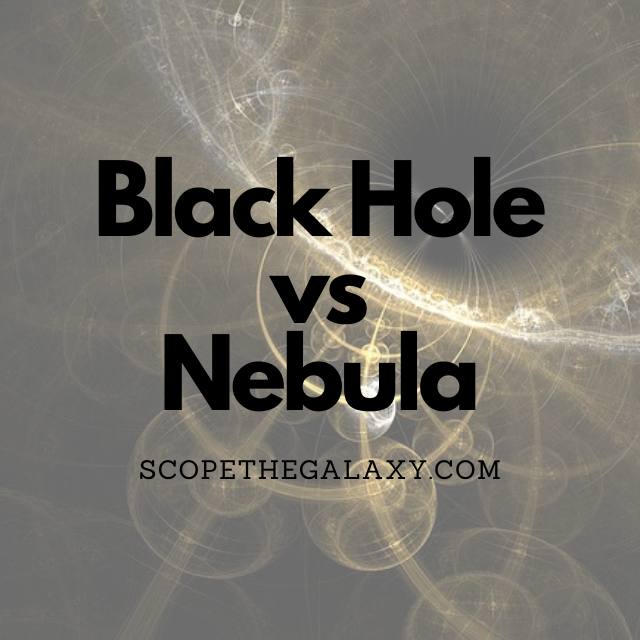Pluto vs Mercury (How Are They Different?)
The main differences between Pluto and Mercury is that Pluto is the farthest planet from the Sun whilst Mercury is the closest, Mercury has no moons whilst Pluto has 5, Mercury is far hotter than Pluto, is more than 2 times bigger in regards to diameter and is an offcially recognised planet as opposed to … Read more

